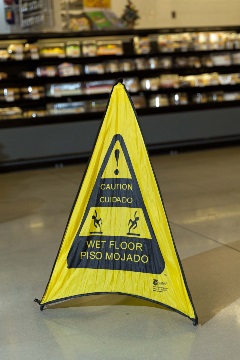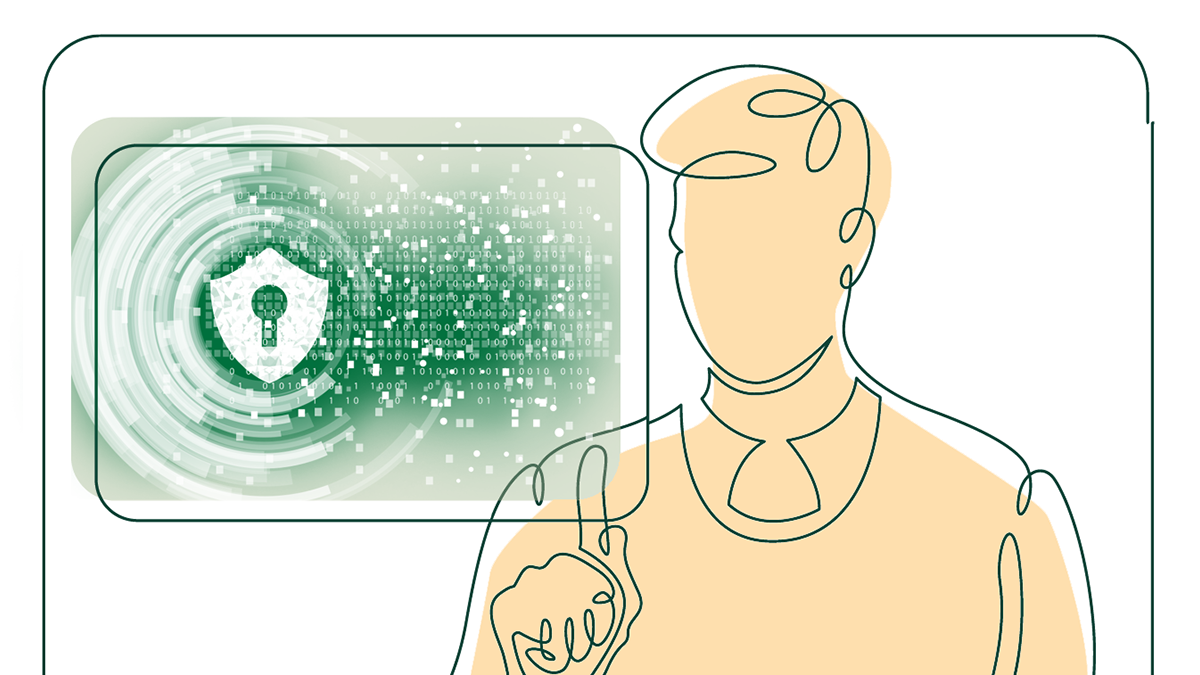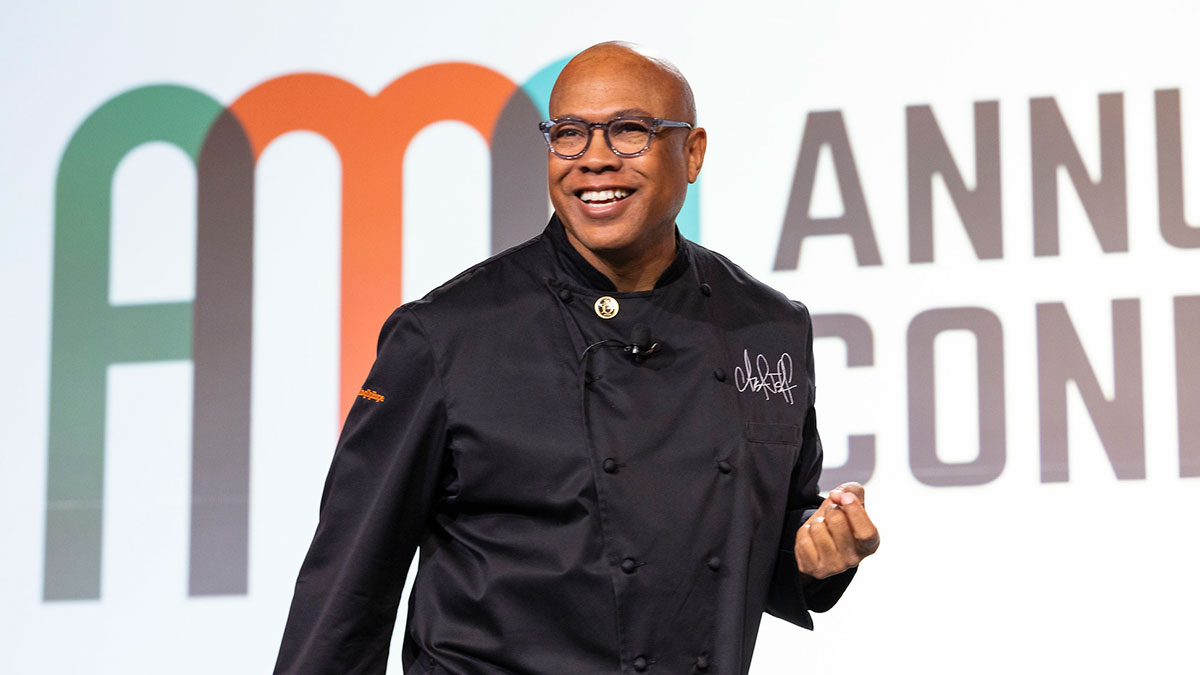By: Doug Baker, Vice President, Private Brands & Technology, Food Marketing Institute

At first blush, it would be easy to say that risk management is nothing new to food retail. However, as technology evolves so does the risk management solutions available to supermarkets. Here are some risk management points to consider:
- Argo Insurance estimates slip-and-fall incidents affect 25,000 people per day, costing companies $30 billion per year.
- Disruption in the retailer supply chain due to hurricanes, fires, floods and debilitating weather events create a chain effect from property damage to spoiled food.
- The ubiquitous use of social media as a way to deliver messages has also given rise to an immediate feedback loop. Whether it is a food contamination situation or simply an angry customer, negative public relations can do severe damage to a brand’s reputation.
- Active shooter incidents have reached food retailers as well. According to the FBI, supermarkets and super centers have been the scene of 10 such incidents over the last decade.
All these risk management issues continue to remain at the forefront of today’s planning. Luckily, emerging technologies and business models are available to manage these risks.
New internet of things tools make it possible to use sensor-based location beacons in stores that can coordinate with smartphones and tablets to make store employees immediately aware of dangerous spills and falls. For example, Badger Technologies in Lexington, KY developed Marty the robot to scan the store for trip or slip hazards on the floor, allowing associate to attend to customer service needs.
Some of today’s most relevant thought leaders on this topic will be at NRF PROTECT 2018, which FMI is hosting in conjunction with the National Retail Foundation in June. All FMI members receive a special member rate to attend.

 Industry Topics address your specific area of expertise with resources, reports, events and more.
Industry Topics address your specific area of expertise with resources, reports, events and more.
 Our Research covers consumer behavior and retail operation benchmarks so you can make informed business decisions.
Our Research covers consumer behavior and retail operation benchmarks so you can make informed business decisions.
 Events and Education including online and in-person help you advance your food retail career.
Events and Education including online and in-person help you advance your food retail career.
 Food Safety training, resources and guidance that help you create a company food safety culture.
Food Safety training, resources and guidance that help you create a company food safety culture.
 Government Affairs work — federal and state — on the latest food industry policy, regulatory and legislative issues.
Government Affairs work — federal and state — on the latest food industry policy, regulatory and legislative issues.
 Get Involved. From industry awards to newsletters and committees, these resources help you take advantage of your membership.
Get Involved. From industry awards to newsletters and committees, these resources help you take advantage of your membership.
 Best practices, guidance documents, infographics, signage and more for the food industry on the COVID-19 pandemic.
Best practices, guidance documents, infographics, signage and more for the food industry on the COVID-19 pandemic.
